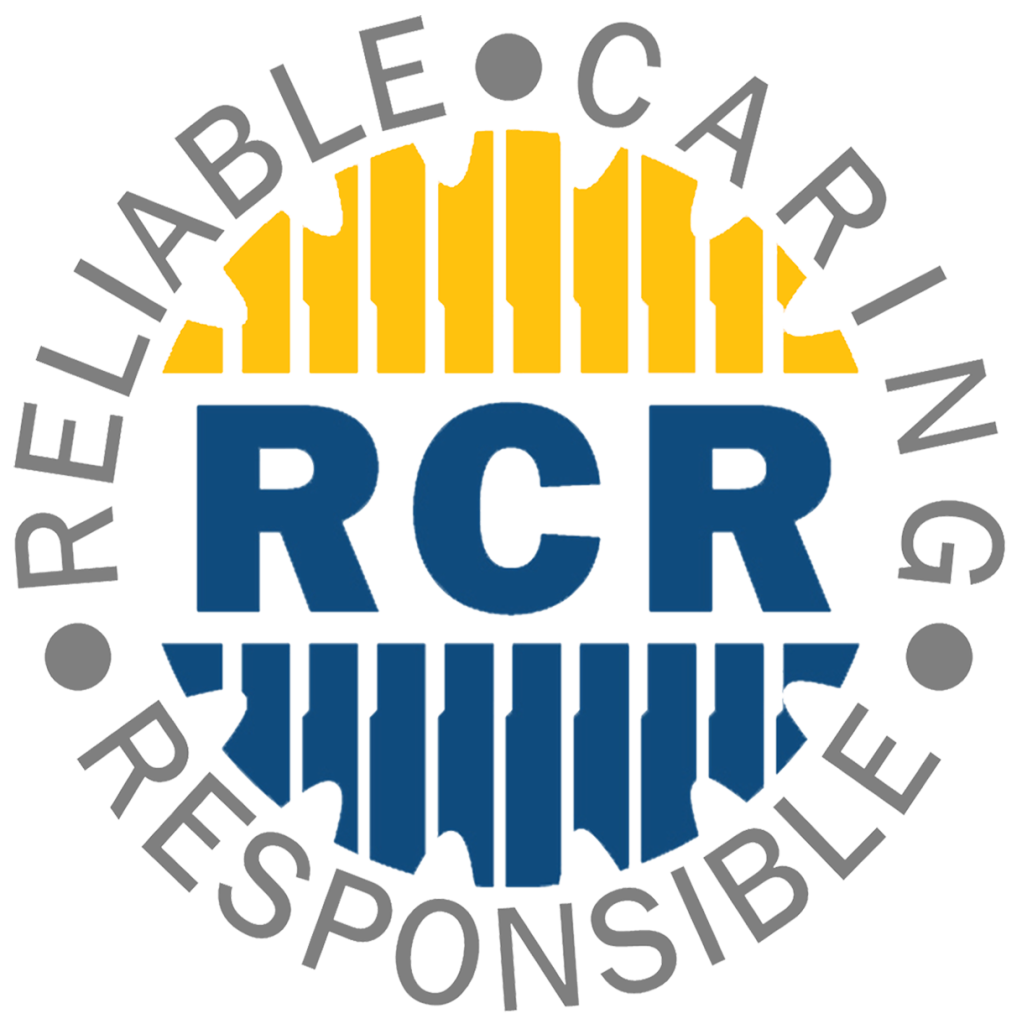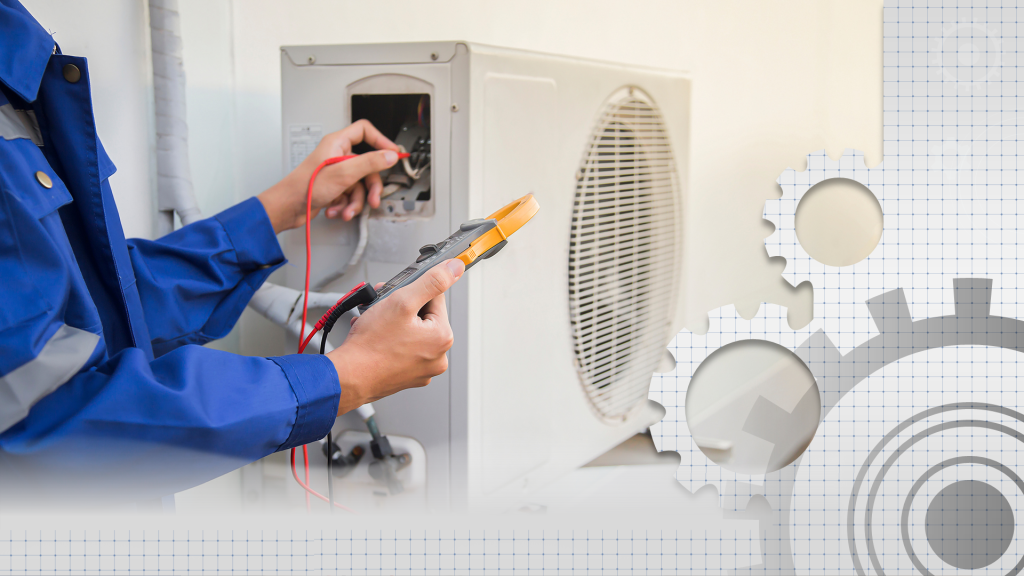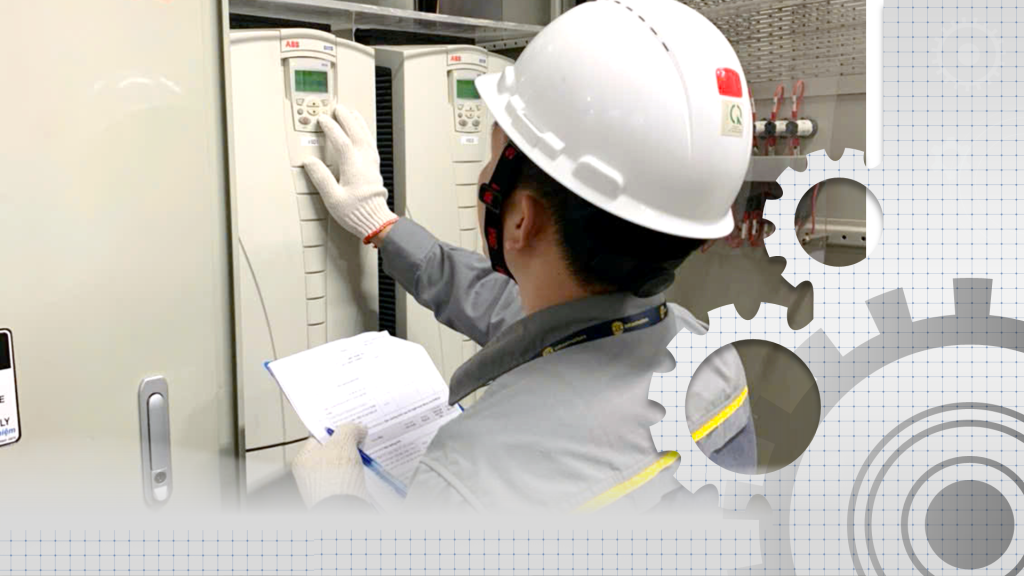When a machine breaks down due to a lack of maintenance, it causes productivity loss or interruption to service, and eventually a decrease in profit. An effective Preventive Maintenance (PM) plan is the foundation to prevent all these problems.
Machine maintenance is a crucial operational process in any industry or sector. By doing regular machine cleaning and maintenance, you can minimize the impact of machinery and equipment failure and protect your bottom line.

Key Takeaways
-
- 5 steps of a Preventive Maintenance plan (and 4 tips to create an effective one)
- 5 (simple but effective) practices to maintain tools and equipment
As you may know, there are numerous maintenance types designed for different purposes. A preventive maintenance plan consists of many steps and processes which are carried out in many different forms. It contributes to protecting the company’s main assets and reducing maintenance costs.
To create an effective Preventive Maintenance (PM) program, you first need to understand your facility’s maintenance goals.
Examples of potential program goals include reduced equipment downtime, improved work completion rates, maximized production time, and increased asset reliability.
Once you have set your goals, take the following steps to create your own preventive maintenance plan.
5 steps of a Preventive Maintenance plan

4 guidelines to create an effective Preventive Maintenance plan

1. CREATE AN ASSET LIST
Make a list of every piece of your machinery, equipment, and resources. An effective preventive maintenance plan starts with a clear understanding of what you own and what needs to be maintained.

2. Set priority and criticality
Take into consideration the equipment that has the most value, the highest return on investment, and the ones that are used most often. This is important because it allows you to focus on your business’s most critical assets.
In other words, it can prevent scheduling too much time assessing or repairing equipment that doesn’t play a vital role in the productivity and profitability of your business.

3. Involve other people
You need to speak with the people who use the equipment regularly. Input from workers about specific work conditions, frequency of breakdowns and malfunctions, and how the equipment runs. This makes your maintenance plan more detailed, relevant, and up-to-date.

4. Leverage the right technology
Once you have the information, if it is within your budget, consider digitizing your information. When applying technology, you can make it easier for your employees to access, share, and update, while allowing you to keep detailed records of maintenance.
In addition, you need to take note of these common reasons that sometimes postpone your PM plans:
- Fail to provide proper training for maintenance technicians
- Overlook the root causes of equipment breakdowns
- Mismanage equipment defects
To make your equipment “healthy”, taking good care of your tools is also necessary. Not only does it increase longevity, but it is also more functional and safer when performing any work.
To better understand how to maintain your tools and equipment efficiently, follow these 5 simple but effective practices.
5 Simple but Effective Practices to Maintain Tools

1. Build proper storage
A well-organized and maintained tool storage system is a must. Not only it will keep your tools in good condition and make them easy to find. It can also add to the overall appearance of your work area and organization.
Keep your work tools in an accessible place. When you need to use them, you won’t have to go on a mystery hunt and waste time searching for them.
Remember to always keep your tools off the floor when storing them. There are several tool storage system options: bags, drawers, chests, and pegboards. Choose the one that is the best fit for tools, space, and budget.

2. Clean after each use
The best way to keep your tools in good condition is to clean them after each use. If you don’t do that before storing them, they will accumulate dust, dirt, and grease. Because of that, they won’t be as effective when you need to use them the next time.

3. Inspect tools regularly
No matter what tasks have been done with the tools, there’s one essential rule that you should never forget: inspect your tools after every use.
- Do a quick visual inspection, a minute or two, after each use to maintain your tools to prevent damage. Check for blades for any nicks or dents. If you find any damage, sharpen the damaged parts. Also, sharpen your tools at least every six months
- Check for loose nuts or bolts and fix them immediately to prevent further damage
- Try removing every sign of rust and corrosion, or replace the tool before use
- Inspect power tools for cracks on their handles and housing
- Check the user manual to follow other maintenance guidelines
- Examine the cords and plugs for any signs of damage. A damaged power cord can increase the risk of a fire hazard, so before using it, make sure to replace it with a safe power cord
Related Article: How To Keep Your Workplace Safe Against Fire Hazards?

4. Monitor the surrounding environment
A dry, clean, and organized space is the best environment to keep your work tools.
This environment helps you find what you need when you need it, preserve your tools, and keep your work area looking professional.
Never store your tools in a hot or humid place, especially metal ones. Damp environments can corrode metals, and moist areas can degrade electrical components.

5. Follow Safety Precautions
Some of the tools can be dangerous to you and your coworkers. Before using them, make sure you check off these safety precautions:
- Wear the proper safety gear, including goggles, gloves, and a hard hat when using power tools
- Make sure the tools are in perfect condition and have been well-maintained
- Read the instructions carefully before using the tools
- Keep bystanders, children, and pets away from the work area
Preventive maintenance helps organizations reduce unplanned downtimes, minimize maintenance costs, increase efficiency, and improve asset reliability and safety.
Initially incorporating preventive maintenance into your current corrective maintenance efforts may seem daunting. But it’s simple if you have a well-thought-out process and a qualified technical team such as RCR s to develop your preventive maintenance plan.





